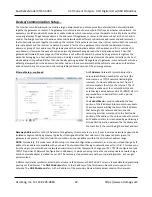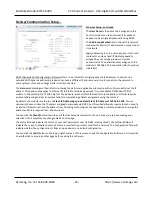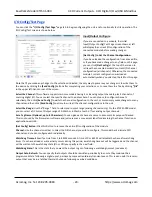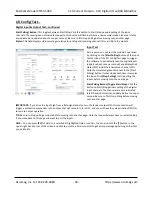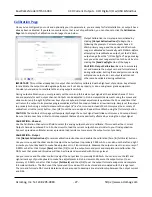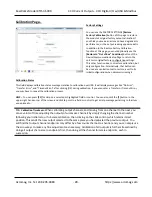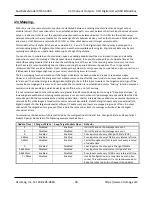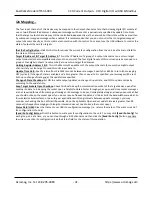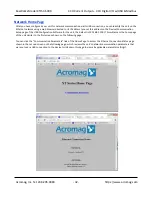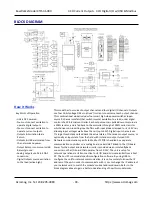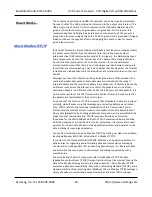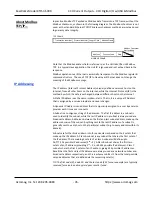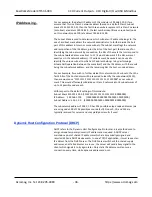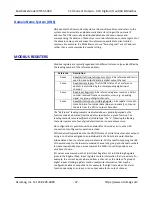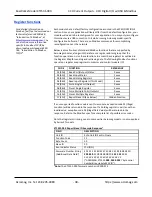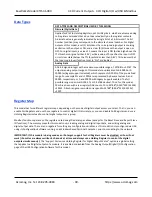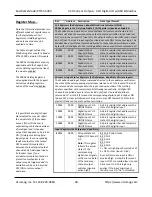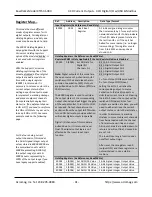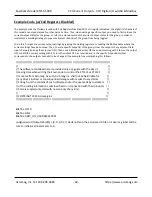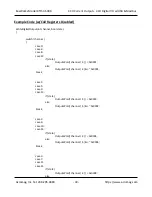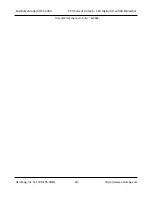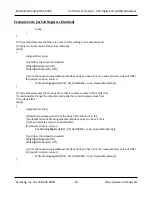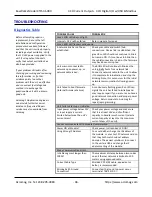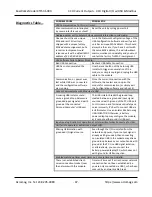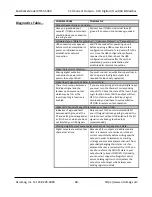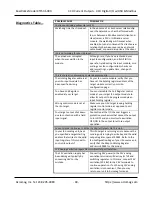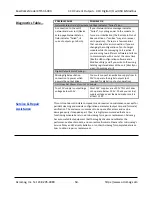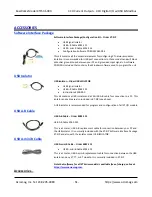
BusWorks Model XT1531‐000
4 CH Current 4 CH Digital I/O w/USB & Modbus
Acromag, Inc. Tel: 248‐295‐0880
‐
36
‐
IP
Addressing…
For our example, the default IP address of this module is 192.168.1.100. If we
assume that this is a Class C network address (based on a default Class C subnet
mask of 255.255.255.0), then the first three numbers represent this Class C network
(or subnet) at address 192.168.1.0, the last number identifies a unique host/node
on this network (node 100) at address 192.168.1.100.
The
Subnet Mask
is used to determine which subnet an IP address belongs to. The
use of a subnet mask allows the network administrator to further divide the host
part of this address into two or more subnets. The subnet mask flags the network
address portion of the IP address, plus the bits of the host part that are used for
identifying the sub‐network. By convention, the bits of the mask that correspond to
the sub‐network address are all set to 1’s (it would also work if the bits were set
exactly as in the network address). It’s called a mask because it can be used to
identify the unique subnet to which an IP address belongs to by performing a
bitwise AND operation between the mask itself, and the IP address, with the result
being the subnetwork address, and the remaining bits the host or node address.
For our Example, if we wish to further divide this network into 14 subnets, then the
first 4 bits of the host address will be required to identify the subnetwork (0110),
then we would use “11111111.11111111.11111111. 11110000” as our subnet
mask. This would effectively subdivide our Class C network into 14 subnetworks of
up to 14 possible nodes each.
With respect to the default settings of this module:
Subnet Mask 255.255.255.0 (11111111.11111111.11111111.00000000)
IP Address: 192.168.1.100
(10000000.00000001.00000001.01100100)
Subnet Address: 128.1.1.0 (1000000.00000001.00000001.00000000)
The subnetwork address of 128.1.1.0 has 254 possible unique node addresses (we
are using node 100 of 254 possible as our default). Nodes 0, 10, and 255 are
typically reserved for servers and may yield poor results if used.
Dynamic Host Configuration Protocol (DHCP)
DHCP refers to the Dynamic Host Configuration Protocol and is a method used to
assign unique temporary numeric IP addresses as required. A DHCP server
maintains a pool of shared IP addresses which are dynamically assigned and
recycled. When a DHCP device wants to use a TCP/IP application, it must request an
IP address from the DHCP server. The DHCP server will check the shared supply
addresses, and if all addresses are in use, the server will send a busy signal to the
client which signals it to try again later. Only static IP addresses will ensure a
connection every time, while dynamic addresses do not.

